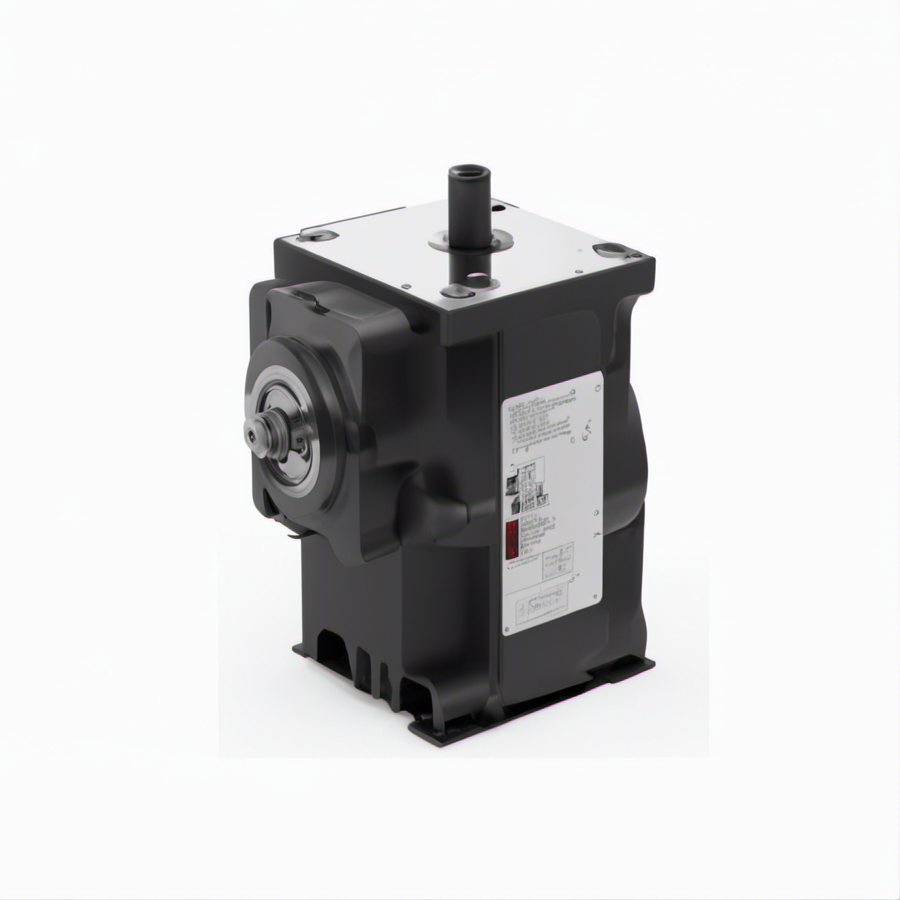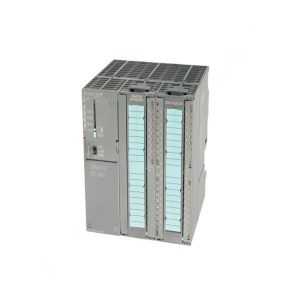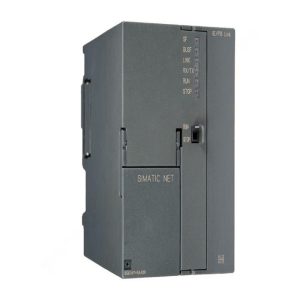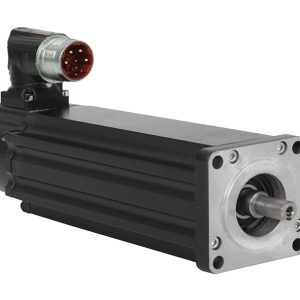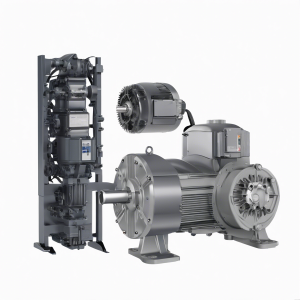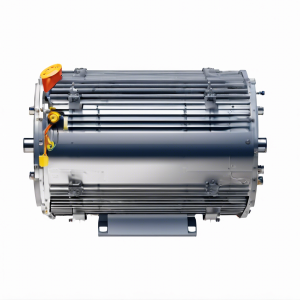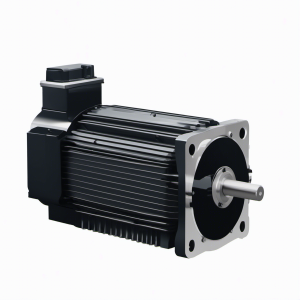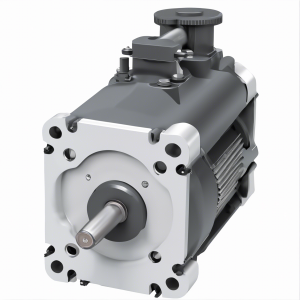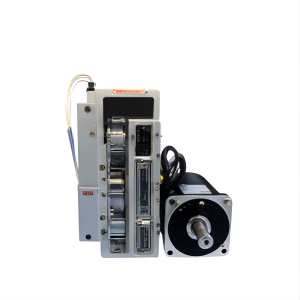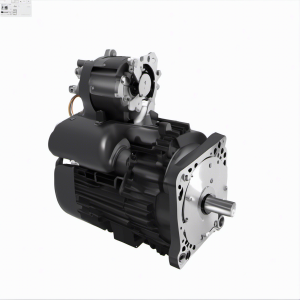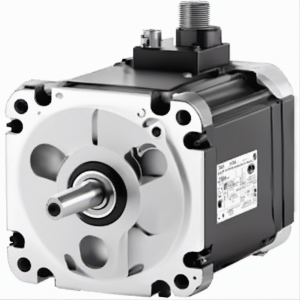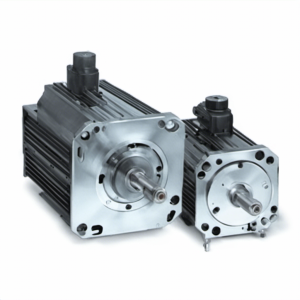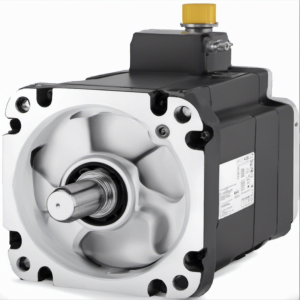VPL-A1001C-CK12AA Servo Motor, Low Inertia | Allen Bradley
Type number: VPL-A1001C-CK12AA, Part No.: VPLA1001CCK12AA, from manufacturer: Allen Bradley, Catagory: Kinetix VP Servo Motors Drives & Motors, VPL Low Inertia Motors
della101@163.com
| Module No. | VPL-A1001C-CK12AA |
| Product name | 240V AC, 100mm Bolt Circle Frame Size, 1 (One) Magnet Stack, 2500 RPM Rated Speed, Single-turn … |
| Product description | VPL-A1001C-CK12AA Servo Motor, Low Inertia | Allen Bradley |
| Part number | VPLA1001CCK12AA |
| Allen Bradley recommendation product | VPL-A1001C-PJ12AA VPL Low Inertia Motors, 240V AC | Allen Bradley |
| Voltage | 230 VAC, 240 VAC, 480 VAC |
| Manufacturer | Allen Bradley |
| Country of origin | United States |
| Warranty | 1-2 year |
| Shipping Method | 1.Ship worldwide, usually 5-7 days. 2. We use DHL, FedEx, UPS,TNT |
| Remark | If you need a specific firmware or series relating to VPL-A1001C-CK12AA, please call or email us, we probably have it in our large inventory. |
VPL-A1001C-CK12AA Servo Motor, Low Inertia | Allen Bradley
| Change Connector Orientation
Kinetix VP low-inertia motors use a connector style that integrates the power,brake,and feedback signals within a single connector.You can identify the connector style by the variable number in the motor catalog string.For example,in catalog number VPL-A1303F-CJ12AA,the 1 indicates a Speed Tec,right angle,325°rotatable connector(see Catalog Number Explanation on page 2). The rotatable conncctor housing lets you move the connector into a position that best protects the connection from environmental contaminates and provides easy access. |
|
| ATTENTION:Connectors are designed to be rotated into a fixed position during motor installation,and remain in that position without further adjustment. Stictly limit the applied fores and the number of times the connetor is rotated to make sure that connectors meet the lntermational Protection(IP)rating as outlined in Environmental Specifications on page 22. | |
ATTENTION: Excessive force can damage the connector.Do not pull on the cable and do not use tools,such as pliers or vise-grips,to rotate the connector.Use your hands to rotate the connector.
Rockwell Automation Publication VPL-IN001E-EN-P-August 2016 5
Follow these steps to rotate a connector to a new position.
1.Mount and fully seat a mating cable on the motor connector.
This provides a larger area to grasp and extends the leverage force.
2.Grasp the mated connector and cable plug with your hands and slowly rotate the motor connector into the new position. 3.Remove the cable plug after the connector is aligned.
Install the Motor
Perform these steps to install the motor.
| ATTENTION:Damage can ocur to the motor bearings and the feedback device if sharp impactis applied to the shaft during installation of couplings and pulleys. Damage to the feedbadk device can result from applying leverage to the motor mounting face when removing devices mounted on the motor shaft.
Do not strike the shaft,couplings,or pulleys with tools during installation or removal.Use a wheel puller,to apply pressure from the user end of the shaft,when attempting to remove any device from the motor shaft. |
1.Leave enough space around the motor so it can disipate heat and stay within its specified operating temperature range.
See Environmental Specifications on page 22 for the operating temperature range.Do not enclose the motor unless forced air is blown
across the motor for cooling.A fan that blows air across the motor improves its performance.Keep other heat producing devices away from the motor.
2.See Load Force Ratings on page 11 to determine the radial and axial shaft load limitations of your motor.
3.Install the motor with the connector positioned beneath the motor housing.
This position can provide better environmental protection for the connector.

